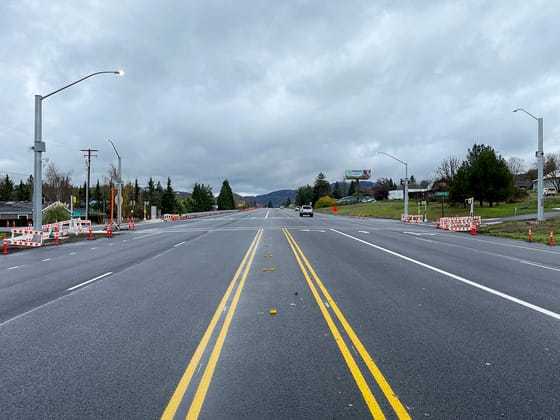NOAA Cuts Funding for Alaska Seismic Monitoring, Raising Concerns Over Tsunami Readiness
Funding cuts by NOAA have halted real-time seismic data from the Alaska Earthquake Center, raising concerns about reduced accuracy in tsunami forecasting. Emergency officials warn that the loss of nearby sensors increases uncertainty and could impact coastal evacuation decisions.

The National Oceanic and Atmospheric Administration (NOAA) has discontinued funding for a $300,000 contract that supported real-time seismic data used in tsunami forecasting. The funding previously went to the University of Alaska Fairbanks’ Alaska Earthquake Center (AEC), which operates seismic sensors critical to monitoring earthquakes in the region.
According to NOAA, the funding loss began in the 2024 fiscal year. Although the university initially kept providing basic seismic data to assist the National Tsunami Warning Center, the AEC has now shut down the real-time data feed. The center is one of several partners that supply seismic information to NOAA, but the loss of its immediate data stream is seen as a major gap because many of its sensors are located close to active seismic zones.
Tsunami specialists and emergency management officials across the Pacific Northwest say the reduction in real-time data makes it harder to quickly understand the size and characteristics of an earthquake. Without sensors close to the epicenter, analysts receive less detailed information at the beginning of an event, which increases uncertainty in early estimates. That uncertainty directly affects the ability to determine how large a tsunami wave might be and how fast it could arrive.
Greater uncertainty can lead to more cautious decision-making by emergency managers. This may include issuing wider evacuations than usual or preparing for a broader range of possible wave heights. While erring on the side of safety is generally seen as a good thing, it can also raise logistical costs and cause public concern when alerts are more conservative than necessary.
Officials in Oregon say the change could affect the quality of information available during future tsunami advisories. During the summer’s earthquake off the Russian coast, for example, local agencies were able to quickly obtain accurate early estimates for both wave size and arrival time. Without fast, detailed data, similar assessments may take longer or be less precise.
Emergency planners warn that coastal communities are the most vulnerable to any reduction in real-time monitoring because their evacuation timelines are short. Accurate and timely tsunami forecasts are essential for moving residents to safety, especially in areas that rely on rapid local response.
Despite these challenges, experts emphasize that the loss of this sensor package does not eliminate the ability to detect tsunamis. Multiple seismic networks and monitoring methods remain in place, and major events would still trigger warnings. The primary impact is a decline in forecast accuracy—not an inability to detect a threat.
Emergency officials say the region is not in immediate danger but stress the importance of restoring or replacing lost capabilities to maintain strong early-warning systems for coastal residents.




Comments ()